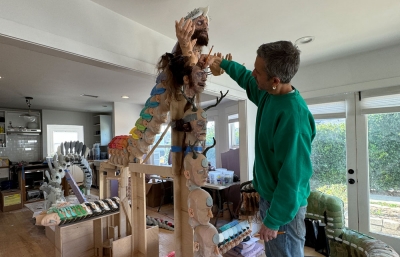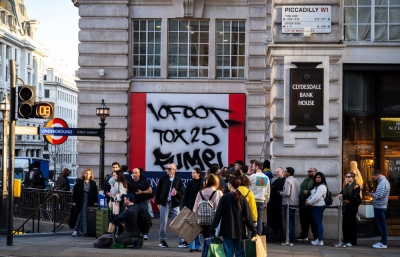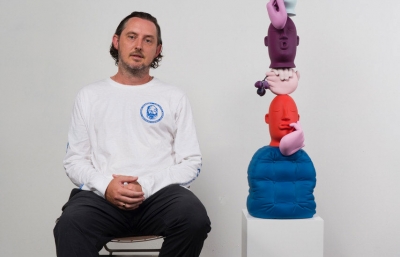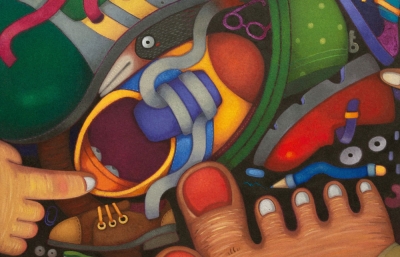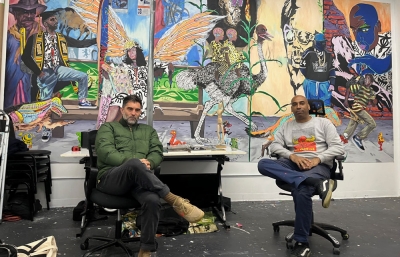As we celebrate the publishing of our WINTER 2024 Quarterly and the 30th Anniversary of Juxtapoz, we share the original Editor's Letter written by founder Robert Williams in the winter of 1994. You can read the full letter, below.

When you take a look at the history of modern art magazines, you see a direct link to the end of the First World War. From 1919 to 1924, Dadaists and poets put together a magazine called Littérature. In 1924, after the writing of the first surrealist manifesto, the surrealists came out with a magazine, La Révolution Surrealiste, which lasted until 1929. The next modern art magazine, Le Surrealisme Au Service De La Révolution, came out in 1929 and stayed in circulation until 1933. Then, finally, the most famous of the art mags hit the newsstands: Minotaure, featuring cover art by Picasso, Dali, Magritte, Max Ernst, and Matisse. This magazine flourished until 1939.
All of these publications were French, as at that time France was the capital of the art world. Since that time, all art magazines have strived to fall in behind the tradition established by these earlier French mags. I too envisioned a publication in this romantic and bohemian style, but unfortunately, the revolutions are over, the battles won, and everybody is now a rebel. We are free to do as we please: place a crucifix in a jar of piss or can our feces or whatever, and our work will enjoy the title of fine art. I have no criticism of this; I think the freedom is good, and if it makes everyone an artist, so what?
But there are still other factors. What about the virtuosity of information, forethought, and craftsmanship? What about all the capable people who can draw and paint and sculpt and shape? These artists have been relegated to the ranks of commercial drones, illustrators, draftsmen, and functional lackeys.
In the last thirty years, the most gifted artists have made do with occupations as illustrators, movie poster designers, comic book inkers, model makers, tattooists, and other forms of commercial art. The fine art establishment has pretty well purged itself of resplendent and beautifully executed representational imagery. Art has become what Marcel Duchamp hoped for-what-ever the artist points at is Art.
But the tide is changing. A lot of people want to see art that reflects a compulsion to stimulate thought with shape and color, be it abstract or representational, be it done crudely or be it done with chronic precision.
One factor of culture that has been excluded from the art world is the cartoon, yet the cartoon imagery is the most powerful form of graphics in the twentieth century. With this magazine, this wrong will be righted. We intend to create a publication that will stimulate investigation, active imagination, and (dare I use the term?) entertain the animal hunger in all of us.
In the graphic tradition of EC comic books, psychedelic rock posters, sideshow freak banners, and Zap comix, here is the first issue of Juxtapoz, the art magazine that plans to stay below everyone’s dignity. —Robert Williams, Winter 1994


